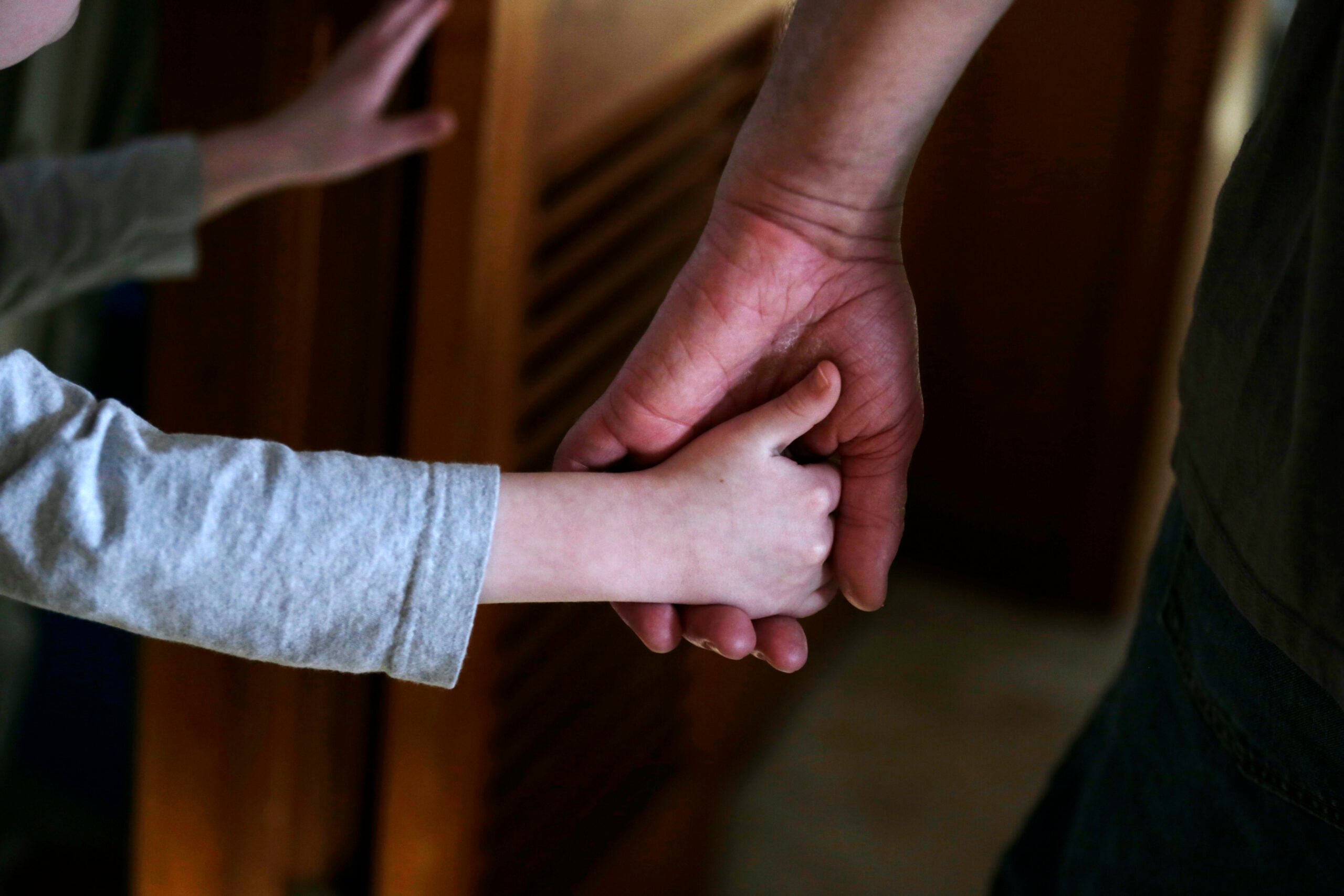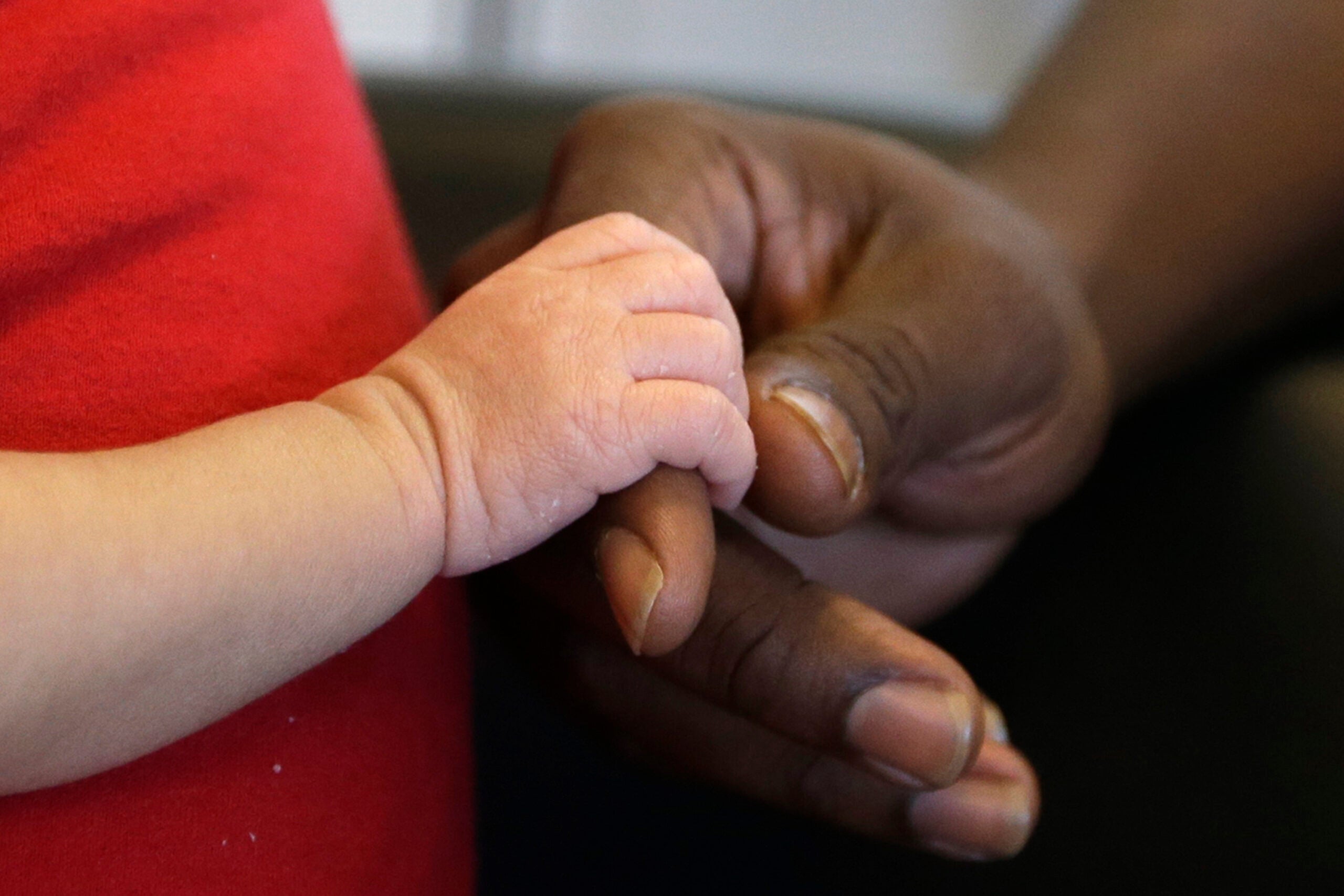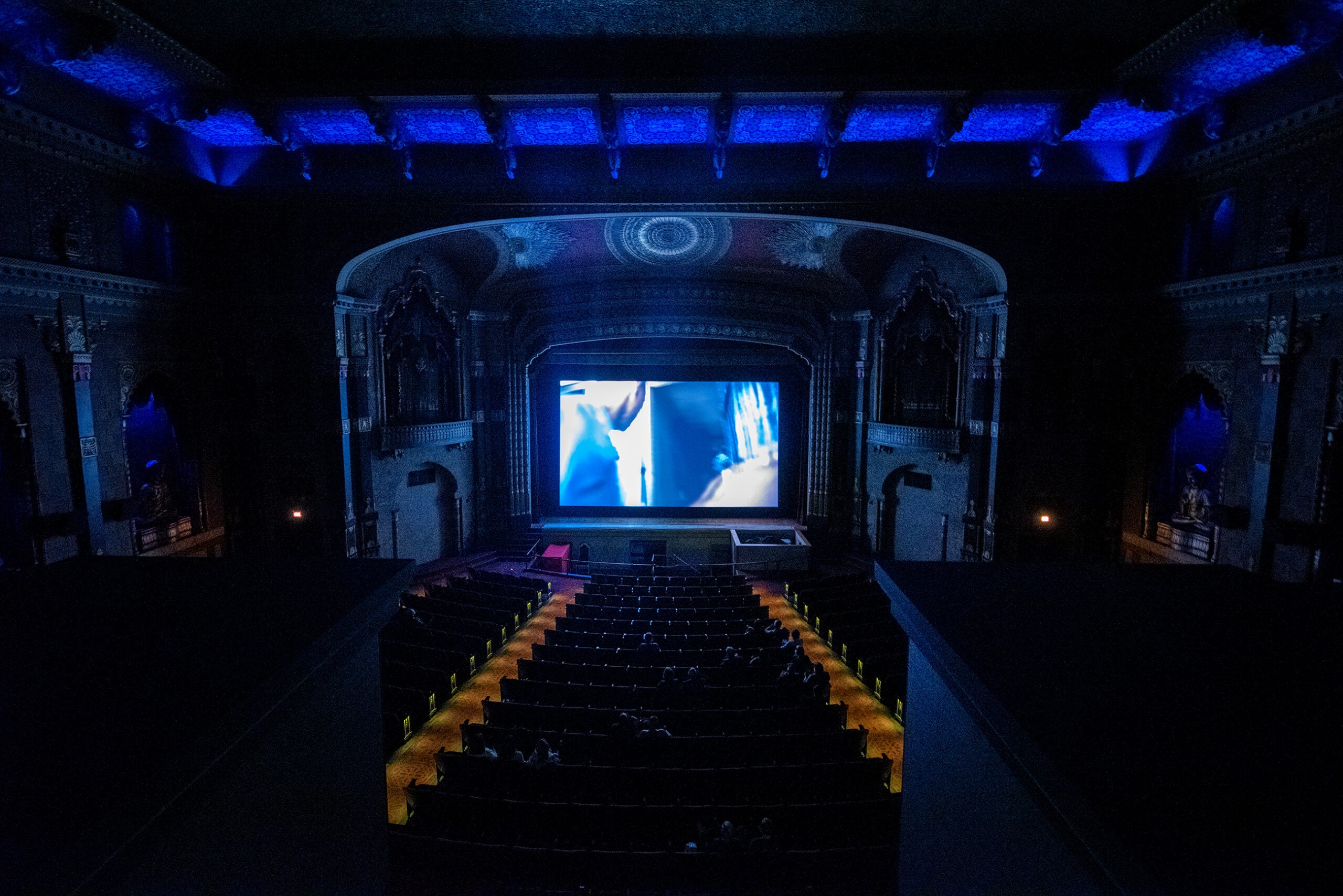Bowling and beer made Milwaukee famous. But so, too, did the books, dolls quilts and other handmade items created by thousands of women during the Great Depression.
The Milwaukee Handicraft Project was one of the many projects created by the Works Progress Administration to provide work for millions of Americans in the 1930s. Unlike other WPA programs, though, the Milwaukee program was unique in putting women to work, while many other early projects were geared toward men.
Elsa Ulbricht from the Milwaukee State Teachers College came up with the idea for the Milwaukee Handicraft Project. She envisioned a work relief program for women who needed to support their families that would create artistic items for public institutions at cost while also providing employment for graduates of her college that couldn’t find teaching jobs.
Stay informed on the latest news
Sign up for WPR’s email newsletter.
Ulbricht selected art education student Mary Jane Kellogg and Anne Feldman to serve as art director and general supervisor respectively.
Kellogg identified product needs for schools and hospitals in cooperation with state and local governments. The project first started compiling scrapbooks of articles and puzzles to entertain hospital patients. Workers also bound and repaired books for schools.
Eventually, 11 different units were created for bookbinding, block printing, screen printing, weaving, rugs, applique, dolls, toys, costumes, wood toys and furniture. New units were added as staff developed new products that would improve the lives of children and families.
A state order for coverlets for all WPA nurseries in Wisconsin created work for 75 women. Those workers who became competent in their craft were encouraged to find employment in other WPA projects, like the sewing project which paid higher wages.
More than 200 women reported to work on Nov. 5, 1935. Two weeks later, 700 women were employed. Unlike most other workplaces at the time, the Handicraft Project was racially integrated, employing a large number of African-American women. The project employed only women at first, but when it expanded to include furniture, men were also hired.
Orders for products came from every state and the project gained national attention for its use of unskilled labor to produce handmade products in an integrated workplace. First Lady Eleanor Roosevelt even paid the project a visit in 1936, writing about her experiences in her newspaper column, “My Day:.“
“I have just come back from one of the most interesting mornings I have ever spent. Milwaukee has a handicraft project for unskilled women which gives one a perfect thrill. They are doing artistic work under most able teachers,” Roosevelt wrote.
Federal support for the project ended in 1942, but Milwaukee County continued it for a time as a rehab program for older and disabled workers.
Wisconsin Public Radio, © Copyright 2024, Board of Regents of the University of Wisconsin System and Wisconsin Educational Communications Board.





